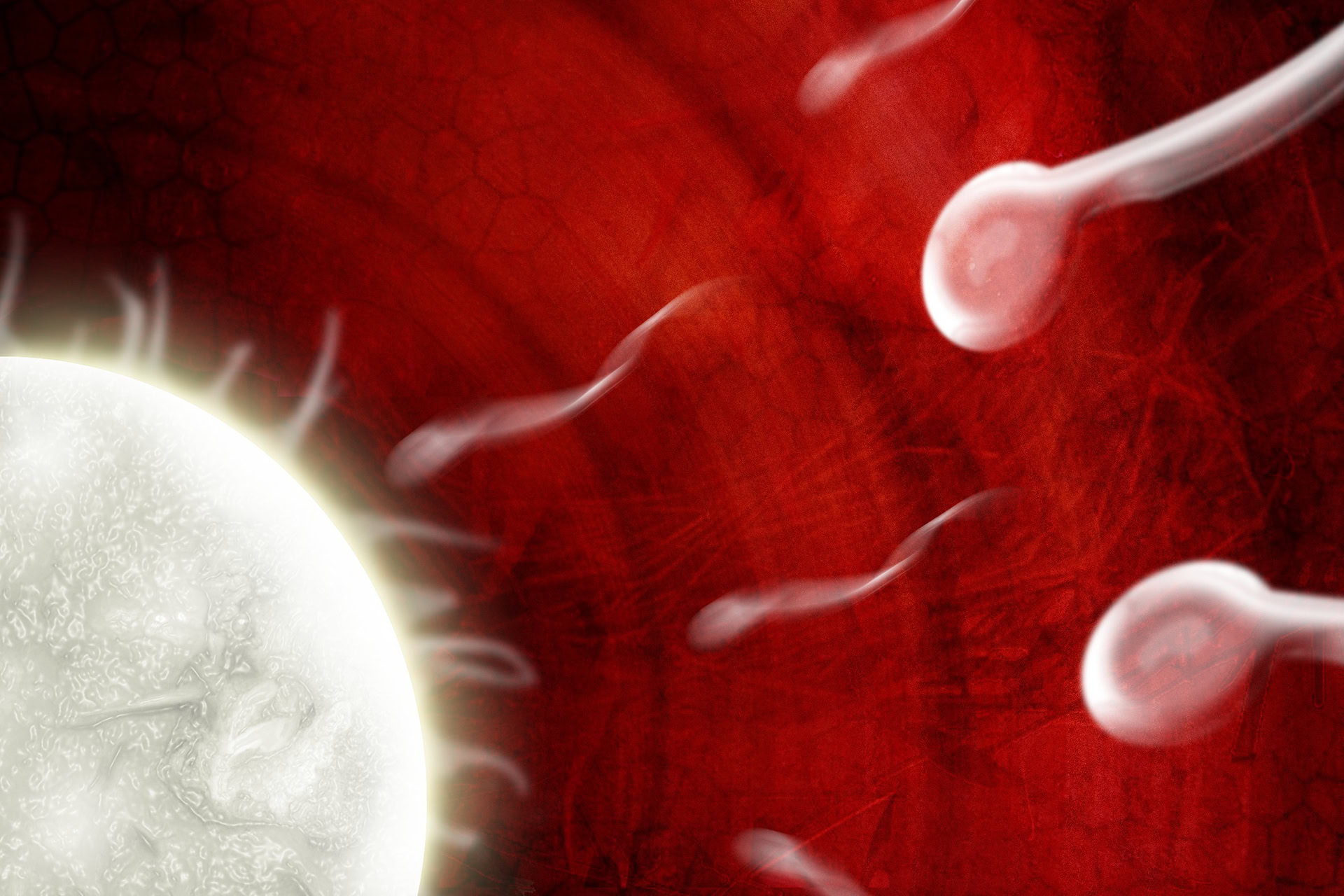In the US the relinquishment of embryos for family building is the subject of intense ideological debate. This has occurred not least because of the competing discourses of — on the one hand — a model of 'embryo donation', the traditional model espoused by some fertility professionals that to a large extent promotes anonymous donation (1), and - on the other - a model of 'embryo adoption', promoted by faith-based infant adoption programmes that have branched out into home-finding for unused embryos.
The latter incorporates certain aspects of contemporary infant adoption placement practices, such as enabling relinquishing couples to choose recipient families for their embryos, making available information on genetic origins for infants conceived as a result, and promoting information-exchange and ongoing contact between relinquishing and recipient families.
An aspect of the political stakes were heightened when, in 2002, the George W. Bush administration announced federal funding to support 'public awareness campaigns on embryo adoption' with an initial grant of $1 million (3). This programme has been maintained by the Obama administration and currently receives annual funding of $4.2 million and has received a total of $19.4 million in federal grants since 2002 (4). For its part, the Ethics Committee of the American Society for Reproductive Medicine criticised the concept of 'embryo adoption' on the grounds that the embryo is not a person and therefore should not be the subject of adoption procedures (5).
Behind the rhetoric, however, lies the reality that, in the US, couples who have completed IVF treatment and have embryos they wish to relinquish to others for family building have a choice between the largely anonymous donation programmes or using a faith-based agency to ensure some continuing connection with any resulting child. Often, relinquishing couples perceive these children born from their embryo(s) not only as their own genetic children but as the full siblings of their children — albeit being brought up in another family (2).
Two studies of couples who have unused embryos remaining in storage following IVF treatment have identified such couples' preferences for a form of directed or conditional relinquishment that satisfies their needs for continuing contact and the interests of children in both relinquishing and recipient families to know about and have contact — if so desired — with their genetic kin (6, 7). All too often such services are available only through the services of an embryo adoption programme, as our own recent study, undertaken with couples who have relinquished embryos through a Christian embryo adoption programme, has shown (8, 9).
These studies show that, quite apart from what we regard as the general preference for non-anonymous gamete and embryo donation on ethical grounds (10-12), at least some patients with unused embryos, i.e. prospective embryo donors, desire some measure of conditional relinquishment that can include choosing recipients and varying forms of openness and future contact.
For these couples, abstract concepts of the moral status of the embryo — and associated concerns related to 'abortion politics' — have little salience. Rather, their preferences are based on their perception of their embryo as a future child whose significance is derived from future kin relationships with themselves and their existing children and the difficulty, stress and expense that they have undergone to create it.
In our view, the rhetorical and ideological gulf that sets apart advocates of 'embryo donation' and 'embryo adoption', is bridgeable by facilitating genuine choice in this area. The range of options available for those with unused embryos, such as providing conditional donation programmes, should be extended so that patient choice is increased and individuals' reproductive autonomy enhanced.
Sources and References
-
01)Â Sean Tipton of ASRM, cited in Motluk, A. Canadian court bans anonymous sperm and egg donation.
-
02)Â Embryo relinquishment for family-building: how should it be conceptualised? (Blyth, E., Frith, L., Paul, L. and Berger, R.)
-
03) Federal Register (2002) Embryo adoption; public awareness campaigns
-
04) Announcement of the Anticipated Availability of Funds for Embryo Donation and/or Adoption Cooperative Agreement Projects
-
05) Ethics Committee of the American Society for Reproductive Medicine: Defining embryo donation
-
07) Attitudes of couples with stored frozen embryos toward conditional embryo donation (McMahon, C. A. and Saunders, D.)
-
08) Relinquishing frozen embryos for conception by infertile couples (Paul, M. S., Berger, R., Blyth, E. and Frith, L.)
-
11) Family Secrets and Family Functioning: The Case of Donor Assistance (Paul, M. and Berger, R.)
-
06) Changes in patient preferences in the disposal of cryopreserved embryos (Newton, C. R., Fisher, J., Feyles, V., Tekpetey, F., Hughes, L. and Isacsson, D.)
-
09) Conditional embryo relinquishment: choosing to relinquish embryos for family building through a Christian embryo 'adoption' programme (Frith, L., Blyth, E., Paul, M. and Berger, R.)
-
10) Topic avoidance and family functioning in donor assisted families (Paul, M.S. and Berger, R.)
-
12) Donor-conceived people's access to genetic and biographical history: An analysis of provisions in different jurisdictions permitting disclosure of donor identity (Blyth, E. and Frith, L.)






Leave a Reply
You must be logged in to post a comment.